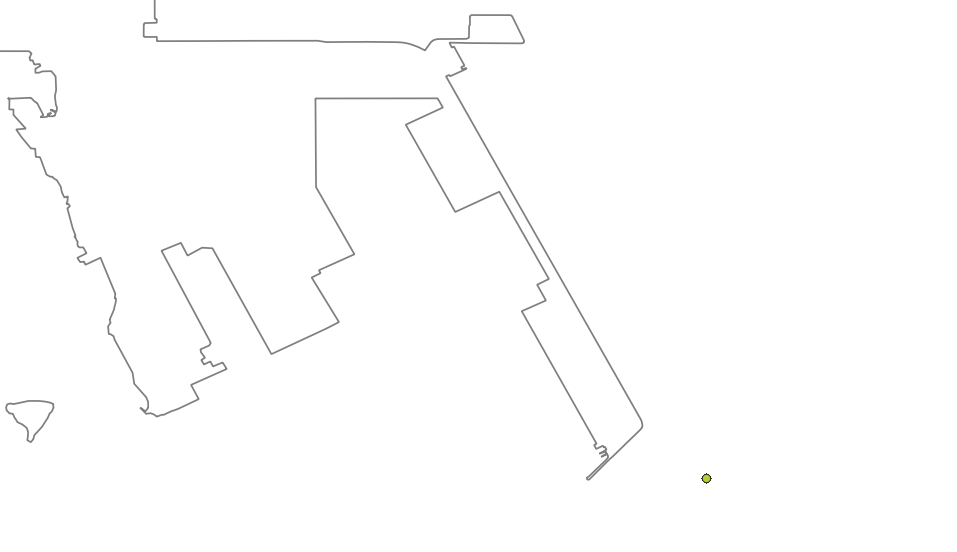Monitoring platform
Monitoring platform
The monitoring platform provides 10-days forecasts of the sea state in a predefined coastal area. We take care of the model configuration and the automated model runs. The monitoring platform is meant to help operational users to plan their operations at sea, and environmental representatives who need to evaluate the environmental impact of marine activities and decide the best response strategy to tackle marine pollution.
SeaLab allows you to monitor a particular coastal area through a custom platform that provides an overview of the hydrodynamic and meteorological conditions. A daily forecast is provided showing the state of the sea and atmosphere for the next 10 days. We take care of the model set up and configure the platform so that it perfectly fits your particular needs.
Daily hydrodynamic and meteorological forecasts
By default, the monitoring platform provides daily forecasts of the state of the sea and atmosphere. Users have continuous access to hydrodynamic and meteorological variables over a +/- 10 days window. Hydrodynamic variables include the surface current velocity, temperature, sea surface elevation and significant wave height. Meteorological variables include the wind velocity and atmospheric pressure.

Everything is customized based on your specific needs
The platform and the underlying models are configured to your particular area of interest. The model’s mesh is designed so that it covers all the coastal zone with an increased resolution in the areas of particular interest such as ports and other coastal infrastructures. The platform includes many different views, from the broad picture to fine close-up views so that you always have a precise understanding of what is going on.

Pollution models readily available for quick EIA
The platform is a toolkit with different pollution models for oil spills, sediment plumes and macroplastics as well as a transport model of drifting objects. These models can be run forward and backward in time in order to predict the future evolution of the pollution but also estimate its possible source. They allow you to quickly evaluate the environmental impact of marine activities and decide the best response strategy to mitigate marine pollution.
More info